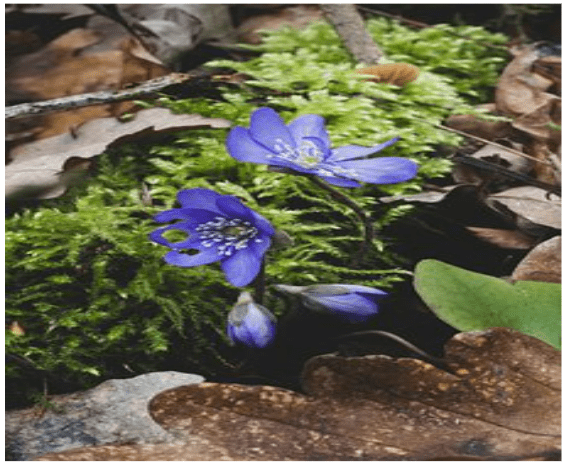Bryophytes
Narinder Singh, Academic Content Writer at Edumarz
- Divided into mosses and Liverworts found commonly growing in moist shaded areas within the hills. Also, as they can live in soil and are dependent upon water for sexual reproduction, they are called amphibians of the Plant kingdom. Furthermore, they usually occur in the damp, humid and shaded localities, besides playing an important role in the plant succession on the bare rocks/soil.
- Compared to algae their plant body is more differentiated.
- Lacking true roots, stem or leaves,they possess root like, leaf-like and stem like structures. Besides, haploid main plant body, they produce gametes, so are called Gametophytes. Archegonium-the female sex organ is flask shaped, producing a single egg. Rather than undergoing reductional division, these zygotes produce a multi-cellular body called Sporophyte. The Sporophyte derives nourishment from the Photosynthetic gametophyte. Additionally, cells of the Sporophyte undergo reductional division to produce haploid spores, which germinate to produce gametophyte.
- Though having little economic importance, herbaceous animals, birds and other animals are dependant on their food on some mosses. For example, Peat, which is used as a fuel is provided by the Species of Sphagnum.. Besides decomposing rocks for making the substrate suitable for the growth of plants, they also reduce the effect of falling rain by forming dense mats on the soil.
They are further categorised into Liverworts and Mosses:
- Liverworts:
Besides growing in the moist, shady habitats including banks of streams, damp soil, marshy ground and deep in the woods, they possess thalloid plant body, with dorsiventral thallus. Small leaf-like appendages are present in leafy-members, in two-rows on stem-like structures.
Also, asexual reproduction occur through fragmentation of thalli or by development of specialised structures, called Gemmae, which are green, multi-cellular, asexual buds developing in small receptacles, called gemma cups located on Thalli. The gemmae get detached from the parent body and germinate to make the new individuals, whereas during amphimixis, production of male or female sexual organs occur on the same or on different thalli. Also, differentiation of the Sporophyte into foot, Seta and Capsule occurs. Later on, spores are produced within the Capsule after meiosis, which germinate and form gametophytes.

- Mosses:
Gametophyte is the predominant stage, which is further divided into two stages. The Protonema stage, growing from a spore, can be a green, and filamentous stage. On the other hand, the leafy stage grows from secondary Protonema as a lateral bud.
Also, the vegetative reproduction is through fragmentation and budding in secondary Protonema. Also, production of sex organs, antheridia and archegonia occur at the top of leafy shoots in sexual reproducion. Furthermore, development of the zygote into a sporophyte containing foot, seta and capsule takes place after fertilisation. Mosses have more elaborate sporophyte than Liverworts, with capsules containing spores. Here formation of spores occurs after meiosis. A detailed mechanism of spore dispersal is present in the mosses, with common examples including Polytrichum, Funaria and Sphagnum.


